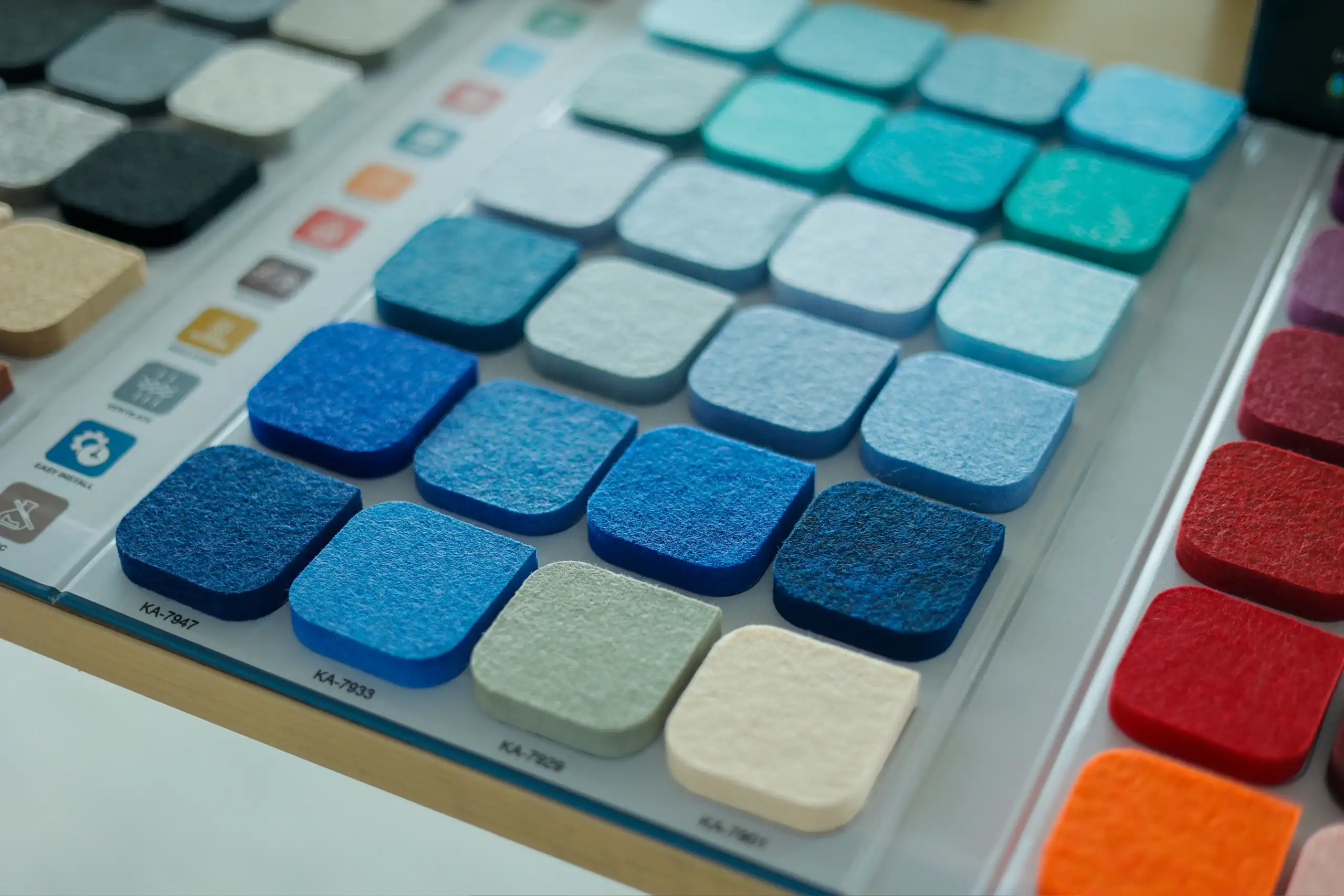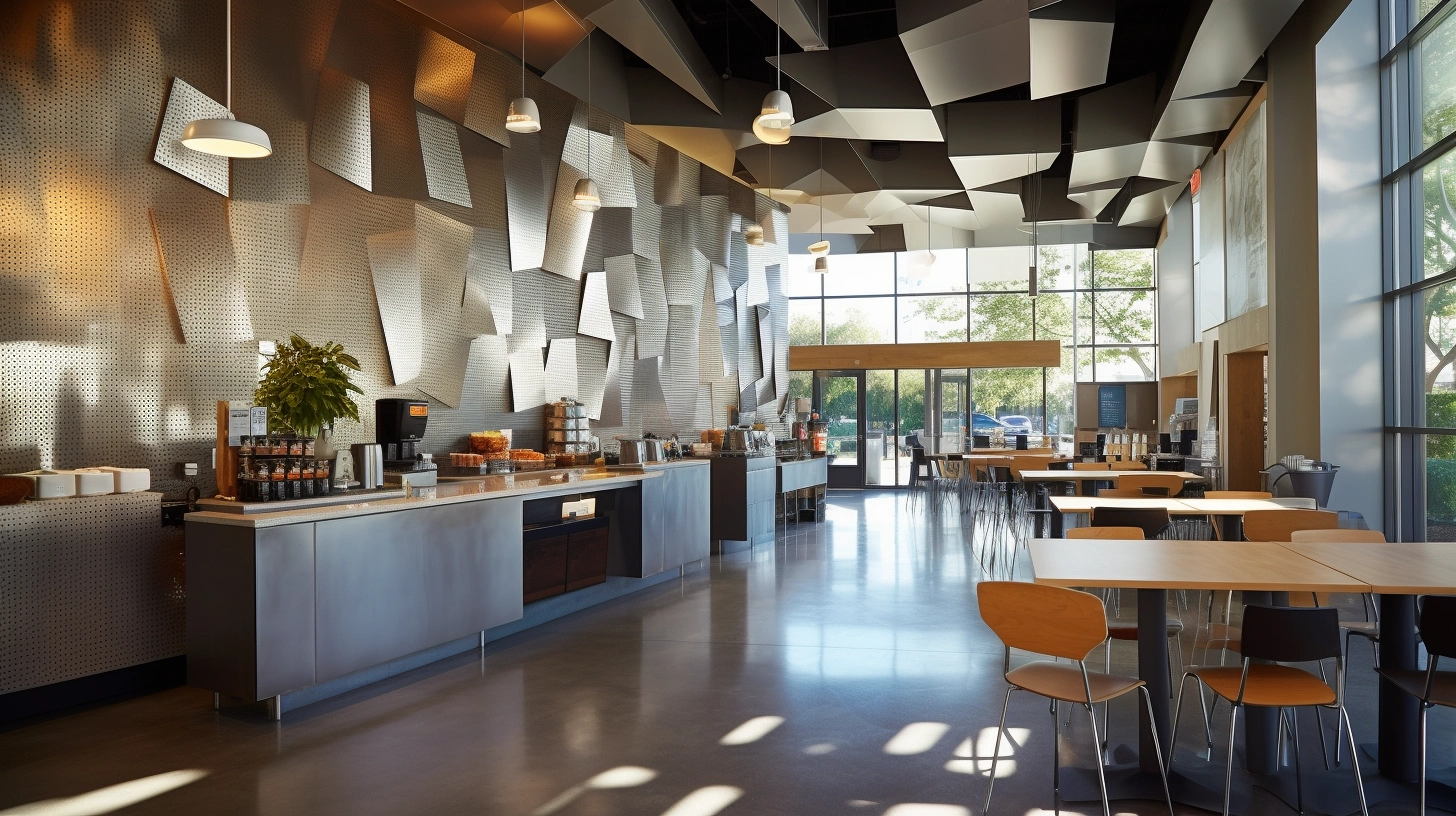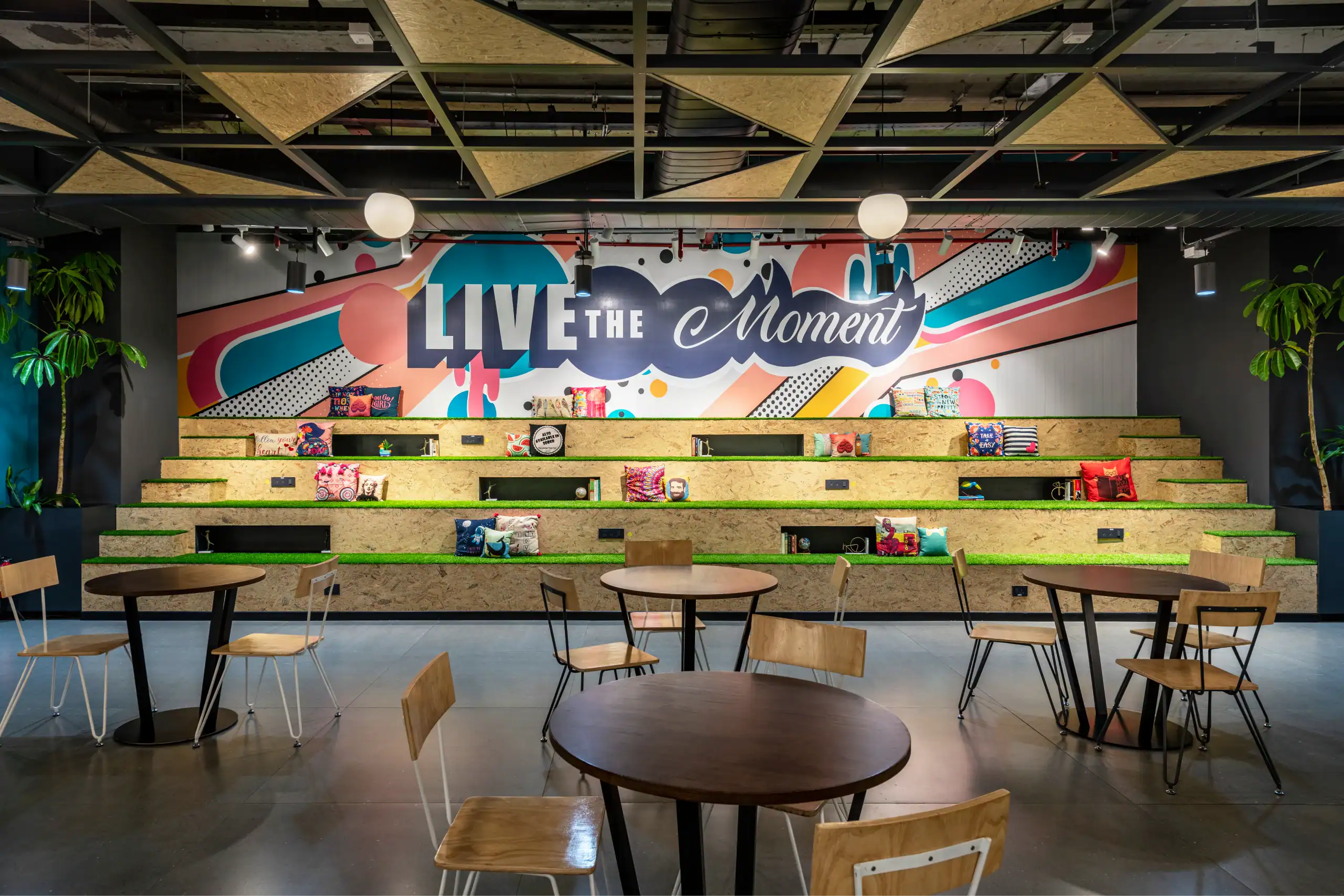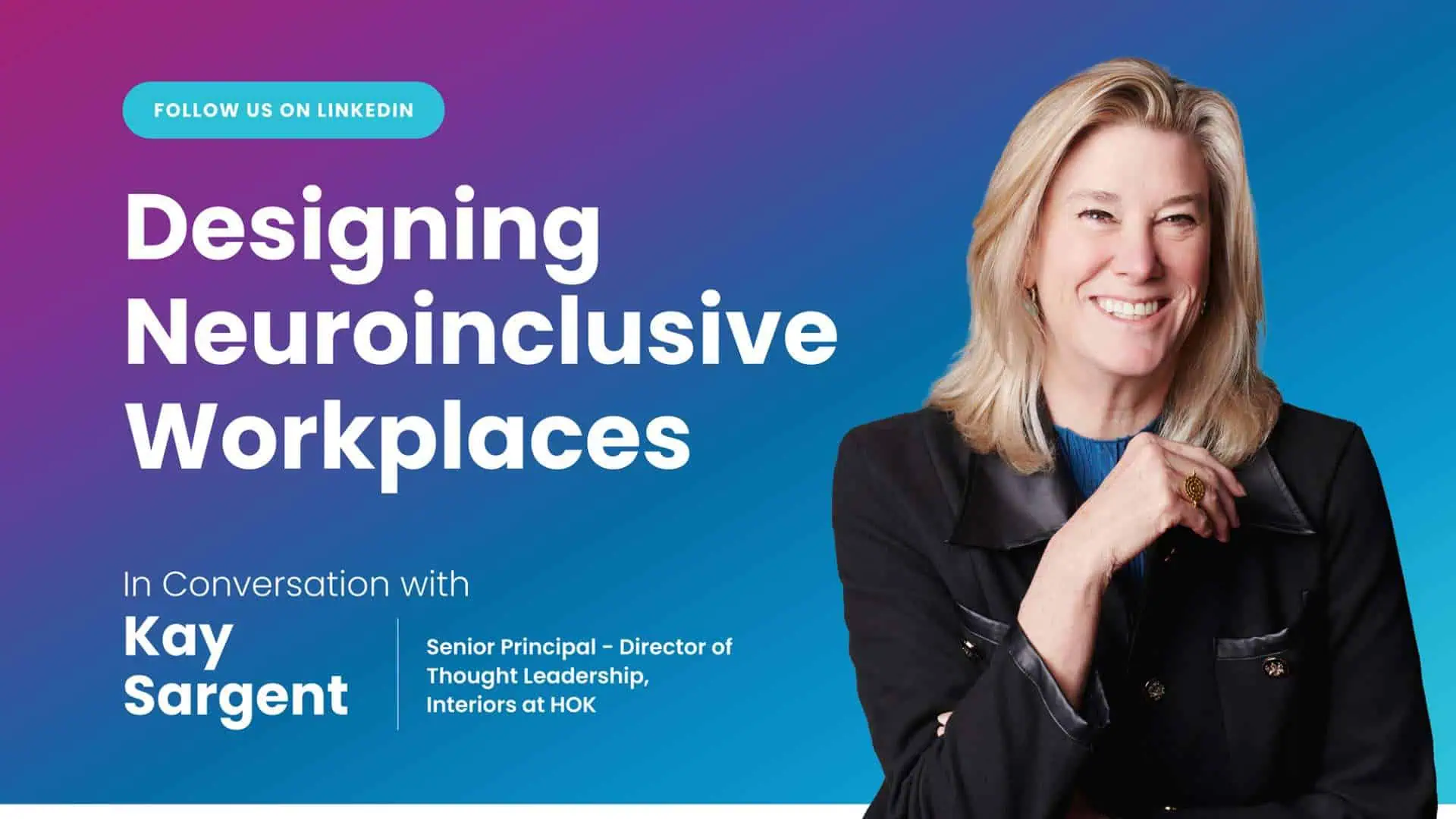The idea and concepts of sustainability, net-zero design, and low-carbon impact footprint are evolving rapidly. This has led to a wave of changes especially in the commercial real estate sector, with businesses, developers, and workspace operators embracing eco-friendly materials and approaches.
Global climate change movements like COP27 and regional initiatives like the Work Green Conclave are influencing the way workplaces are being designed for an environment-friendly future. Moreover, the Glasgow Financial Alliance for Net Zero (GFANZ) signifies the financial sector’s pledge of $130 trillion for investments committed to net-zero emissions by 2050, favoring greener projects. Thus, when aiming for net zero, the choice of materials becomes crucial for outfitting and furnishing flexible workspaces.
The Emergence of New-age Materials
While recycled wood, bamboo, salvaged glass, and metals are shaping up futuristic sustainable workplaces, there are tons of new-age materials that have emerged with the potential to redefine the visual and spatial character of workplaces.
These new-age materials play a crucial role in workplace design by inducing the following characteristics into the built environment:
- Innovation and Functionality
- Sustainability
- Enhanced Employee Well-being and Productivity
- Future-Readiness and Adaptability
- Aesthetics and Branding
Now, that we have had a brief understanding of the significance of emerging materials in workplace design, let us have a deep look at 4 most sought-after new-age materials and analyze them on the basis of 3 crucial factors:
- Energy Efficiency
- Air Quality Improvement
- Smart Functionality
1. Nano Materials
Nanomaterials are ultra-small particles with unique properties that offer numerous benefits in workplace design. They also have the potential to make buildings self-cleaning and self-repairing, reducing maintenance costs and increasing durability. They can be incorporated into finishes such as coatings, paints, and fabrics to enhance energy efficiency, improve air quality, and create healthier workspaces.
Key Characteristics
Energy Efficiency
With the ability to control heat and light transmission, reducing the need for artificial lighting and air conditioning, Nano Materials can selectively block or allow certain wavelengths of light, optimizing natural lighting and minimizing heat transfer. This leads to lower energy consumption, cost savings, and a more sustainable workplace environment.
Air Quality Improvement
Nano materials like photocatalytic coatings improve air quality by decomposing pollutants and neutralizing odors. They can also enhance the efficiency of filters and ventilation systems, capturing and eliminating airborne contaminants. This creates a healthier and more productive workspace.
Smart Functionality
Surfaces coated with conductive nanomaterials can enable touch-sensitive interactions, transforming tables or walls into interactive displays or controls.
2. Graphene
This incredible material is known for its exceptional strength, conductivity, and transparency. In workplace design, graphene can be used to create energy-efficient building systems, smart windows that adjust transparency based on sunlight, and flexible electronics that enable seamless integration into office furniture and surfaces.
Key Characteristics
Energy Efficiency
Graphene’s high thermal conductivity enables energy-efficient heating systems like graphene-based films or panels, offering effective warmth with reduced energy consumption compared to traditional methods.
Air Quality Improvement
It can be used in air filtration systems, like graphene-based filters, which effectively adsorb airborne contaminants such as VOCs, particulate matter, and harmful gases.
Smart Functionality
Graphene-based sensors can monitor various environmental parameters, such as temperature, humidity, or air quality, allowing for real-time data analysis and adjustments to create a comfortable and optimized workspace environment.
3. Translucent Concrete
Translucent concrete can be employed in interior design applications, such as partitions, room dividers, countertops, or flooring. It allows for the transmission of natural or artificial light, creating an atmosphere of diffused illumination and enhancing the aesthetic appeal of the space.
Key Characteristics
Energy Efficiency
It allows natural light to penetrate through its surface, reducing the reliance on artificial lighting during daylight hours. This feature enhances energy efficiency by minimizing the need for electric lights and lowering energy consumption.
Air Quality Improvement
Translucent concrete can incorporate micro-perforations or porous elements for improved indoor air quality. These features promote natural ventilation, allowing fresh air exchange and reducing reliance on mechanical ventilation systems.
Smart Functionality
The use of translucent concrete provides an opportunity to embed various sensors within the material. These sensors can monitor parameters such as occupancy, temperature, humidity, etc.
4. Recycled Aluminum Panels
Recycled aluminum panels offer an eco-friendly solution for sustainable workplace design. Made from post-consumer and post-industrial aluminum waste, these versatile panels can be used for cladding, wall systems, and furniture, reducing the demand for virgin materials while providing visual appeal to modern workspaces.
Key Characteristics
Energy Efficiency
Aluminum panels have high reflectivity, meaning they can bounce back a significant amount of light. This property allows for better distribution of natural and artificial light within the workspace.
Air Quality Improvement
Aluminum panels have a smooth surface that is less prone to accumulating dust and allergens. This characteristic helps to improve air quality by reducing the presence of airborne particles and potential allergens in the workspace.
Smart Functionality
Aluminum panels offer versatility in design, enabling the incorporation of features such as built-in power outlets, USB charging ports, or wireless charging capabilities. These elements enhance the functionality and convenience of the workspace, promoting productivity and connectivity.
All in All
Incorporating new-age materials are essential in the workplace design industry, as they offer businesses the opportunity to demonstrate their commitment to sustainability, enhance energy efficiency, improve user experience, attract top talent, and cultivate a positive brand image. Embracing these materials is a strategic decision that can drive business growth and ensure long-term success in the dynamic world of commercial real estate.
Related Reads:








